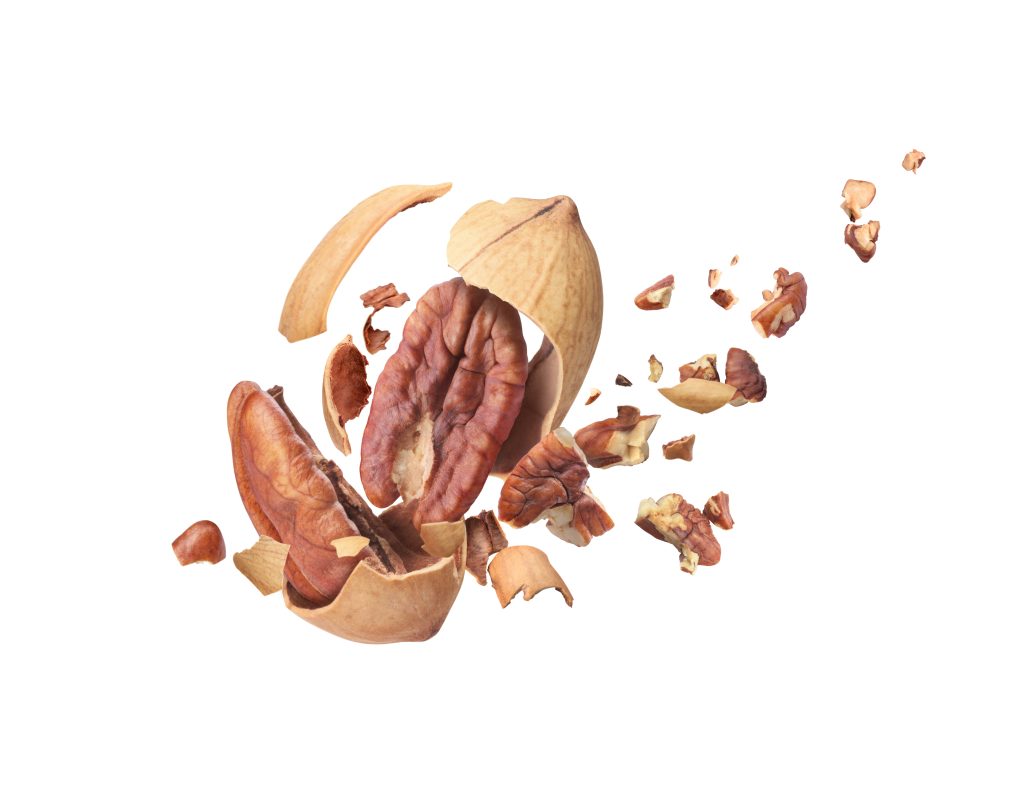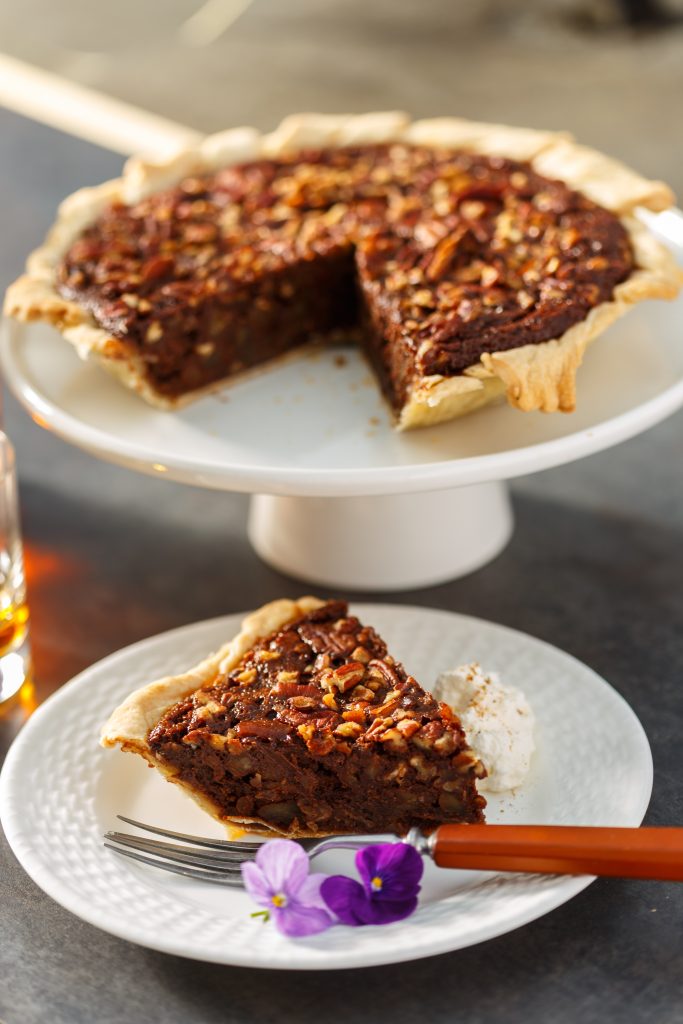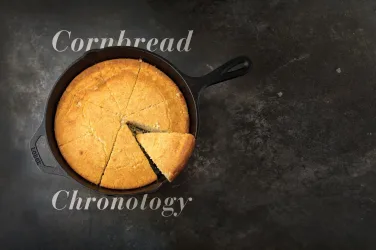
By Annette Brooks
As someone who picks through a new can of deluxe mixed nuts just for the pecans, I fully appreciate why the Lone Star State is nutty about its pecans. Texas’ love for pecans grew to the point where the pecan was named the state tree in 1919. In 2001, we bestowed another honor on the pecan, which is technically a fruit, by declaring it our official state nut. Then in 2013, Texas named none other than pecan pie as its state pie. As if this isn’t enough, we’ve dedicated the entire month of October to celebrating the pecan.
Before Texas Became Texas
Considered the only major nut tree indigenous in North America, pecans were around long before Europeans settled in Texas. Native American tribes, who are believed to have first cultivated the tree, used pecans as a food source and were widely traded. In fact, the word pecan has its origins in an Algonquin word (pakani or pacane), roughly meaning “requiring a stone to crack.”
Of course, the Spanish and Franciscans in Northern Mexico caught on quickly and began cultivating pecan trees around the early 1700s. Pecan tree cultivation expanded into what is now the United States, and with growing demand, commercial cultivation commenced around the 1880s. From there, the rest is history. Today, the United States is the world’s largest pecan-producing country, with Georgia, New Mexico, and Texas harvesting the most pecans.
Pecan Capital of the World, Deep in the Heart of Texas
Even if you’re a newcomer to the state, you’ve probably noticed that Texas towns love to stake a claim to fame, including San Saba. Hailing as the Pecan Capital of the World (those are some mighty big boots to fill!), this pecan-loving community and the birthplace of actor and director Tommy Lee Jones is approximately three hours southwest of Dallas and four hours northwest of Houston. It’s a peaceful weekend getaway destination that offers plenty of history and small-town charm.
But the main attraction is the pecans, considered by many as the best-tasting pecans you can find. Plan to pop into a couple of the pecan shops in town where you can purchase a wide range of pecan-based food items, from preserves and toppings to baked goods, pecan candy, and simply plain bags of pecans. Roasted, salted, candied, sugared — sample and savor San Saba pecans and discover why so many people believe they set the standard when it comes to pecans.
The Mother Pecan Tree
Visiting San Saba, it’s easy to see the town is pecan central in Texas, but you may wonder what makes San Saba special. According to Texas A&M University, the San Saba Mother Pecan tree, discovered and “saved from the axe” in the 1800s by an Englishman, is the source of more important pecan varieties than any other tree in the world. These well-known varieties include Liberty Bond, Jersey, No. 60, San Saba Improved, and the internationally acclaimed Western Schley. The famous tree still stands today on private property.
Pecan Fast Facts
Pecans are considered a superfood. Rich in protein and cholesterol-reducing healthy fats, they contain more than 19 vitamins and minerals. A one ounce serving provides about 10% of the recommended daily value for fiber.
• Is the correct pronunciation PEE-can (emphasis on the first syllable) or on the second syllable, Puh-KAHN? If you search the internet for a definitive answer, you’ll quickly realize that it’s one hard nut to crack. Merriam-Webster.com indicates three different accepted pronunciations.
• Pecan groves occur naturally. Pecan orchards are planted by humans.
• Pecan trees in Texas are harvested in the fall. They begin to drop from the trees when the green husks start to split open.
• Pecan trees can live for more than 200 years. They usually range from 70 to 100 feet in height, but some grow up to 150 feet or higher. Each tree needs 150 gallons of water a day, which is why native groves tend to grow in deep soils near streams and rivers.
• Shelled pecans come in various sizes — mammoth, extra-large, large, medium, small, and extra-small.
• There are over 1,000 varieties of pecans, with many named for Native American Indian tribes.
• The U.S. produces 80 to 90% of the world’s pecans.
• Pecan shells can make an attractive and high-performing garden mulch.
Chocolate Pecan Pie | Serves 8 | Ingredients
• 1 package (8 ounces)
semi-sweet baking chocolate
• 1 homemade or refrigerated
pie crust
• 2 Tbsp. butter or margarine
• 3 eggs slightly beaten
• ¼ cup firmly packed light
brown sugar
• 1 cup light or dark corn syrup
• 1 tsp. vanilla
• 1 ½ cups pecan halves or
large pieces
Directions
Heat oven to 350°. Coarsely chop 4 squares of the chocolate and set aside. Line a 9-inch pie plate as directed on package with pie crust. Microwave remaining 4 squares of chocolate and butter in large microwavable bowl on high 1 to 2 minutes or until butter is melted. Stir until chocolate is completely melted. Brush bottom of pie crust with small amount of beaten egg. Stir sugar, corn syrup, eggs, and vanilla into chocolate mixture until well blended. Stir in pecans and chopped chocolate. Pour into pie crust. Bake 55 minutes or until knife inserted 2 inches from edge comes out clean. Cool on wire rack.











